Name Adelaide Crapsey | Nationality American Role Poet | |
 | ||
Books Verse by Adelaide Crapsey, The complete poems an, A study in English metrics, Verse ‑ Scholar's Choice E | ||
The mourner adelaide crapsey audiobook short poetry
Adelaide Crapsey (September 9, 1878 – October 8, 1914) was an American poet. Born in Brooklyn, New York, she was raised in Rochester, New York, daughter of Adelaide T. Crapsey and Episcopal priest Algernon Sidney Crapsey, who had been transferred from New York City to Rochester.
Contents
- The mourner adelaide crapsey audiobook short poetry
- Cinquain Niagara by Adelaide Crapsey
- Life and poetic influence
- Poetry
- Anthologies
- Short stories
- Songs
- References
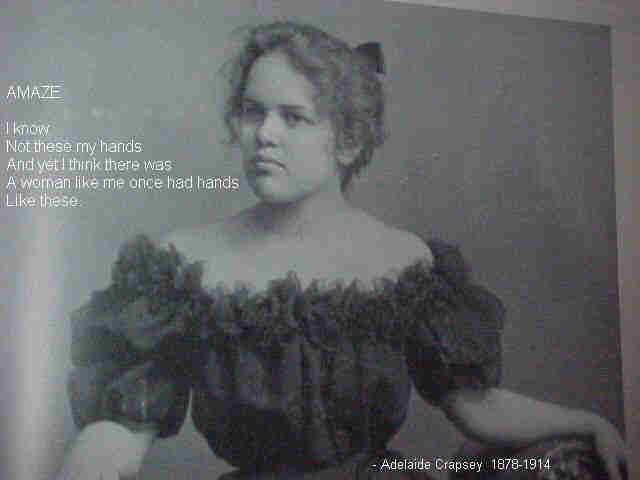
Cinquain: "Niagara," by Adelaide Crapsey
Life and poetic influence
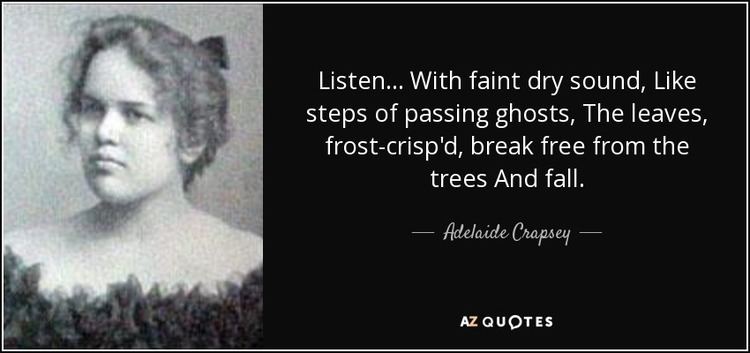
She attended public school in Rochester, and then Kemper Hall, an Episcopal girls' preparatory school in Kenosha, Wisconsin, before entering Vassar College in Poughkeepsie, New York, where she was class poet for three years and editor-in-chief of the Vassarion in 1901, the year she graduated.
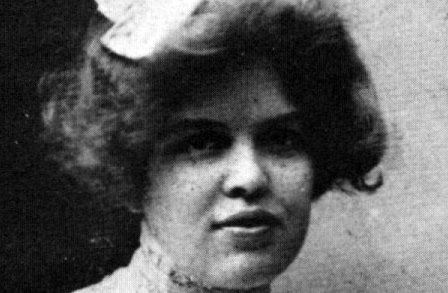
That same year her sister Emily died, and Adelaide delayed starting her teaching career for a year. In 1902 she took a position at Kemper Hall, where she taught until 1904. She then spent a year at the School of Classical Studies at the American Academy in Rome and taught for two years at Smith College in Northampton, Massachusetts.
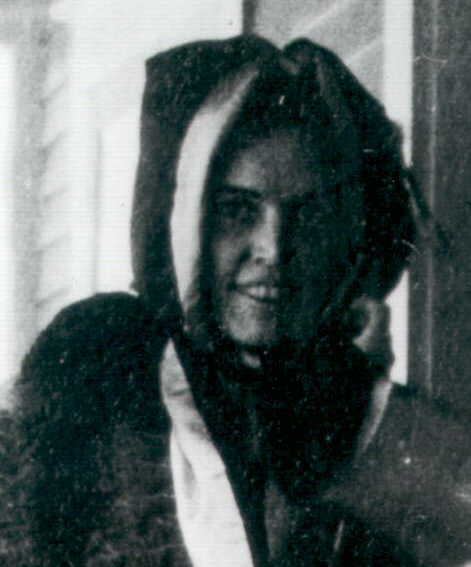
Crapsey was in poor health starting in 1908, following her eldest brother's death in May 1907, and her father's trial for heresy in 1906, after which he was dismissed from the ministry. In 1911, she was diagnosed with tuberculosis, but she withheld the news from her family and continued to teach at Smith until she collapsed in the summer of 1913. She then moved to a private cure cottage in Saranac Lake, New York, where she stayed for a year. In August, 1914, Crapsey returned to Rochester, where she died on October 8, 1914, at the age of 36.
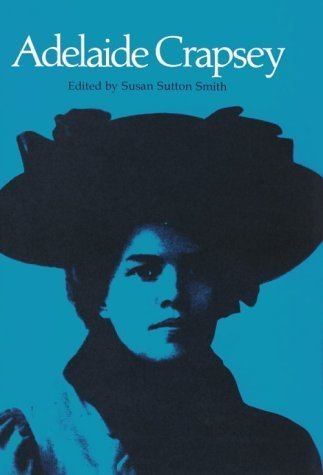
In the years before her death, she wrote much of the verse on which her reputation rests. Her interest in rhythm and meter led her to create a unique variation on the cinquain (or quintain), a 5-line form of 22 syllables influenced by the Japanese haiku and tanka. Her five-line cinquain (now styled as an American cinquain) has a generally iambic meter defined as 'one-stress, two-stress, three-stress, four-stress and suddenly back to one-stress' and normally consists of 2 syllables in the first and last lines and 4, 6 and 8 syllables in the middle three lines, as shown in the poem Niagara. Marianne Moore said of her poetic style 'Crapsey's apartness and delicately differentiated footfalls, her pallor and color were impressive'.
The year following her death, Claude Bragdon published Verses, a posthumous selection of her cinquains and other verse forms. Revised editions were published in 1922 and 1934 and contain earlier unpublished work. Also published posthumously in 1918 was the unfinished A Study in English Metrics, a work she began during her three-year stay in Europe, and described in the prefatory note thereto as 'a laborious analysis dictated by an acute sense of beauty of verse by an aesthetic experience of unusual intensity '
She is buried in Mount Hope Cemetery in Rochester, and her papers are at the University of Rochester Library archives.
Poet Carl Sandburg was partly responsible for the continued interest in the cinquain and in keeping Crapsey from obscurity through his poem "Adelaide Crapsey". Her nephew, Arthur H. Crapsey, became an influential industrial designer in the years following World War II, and is known for a series of iconic camera designs for Eastman Kodak.
